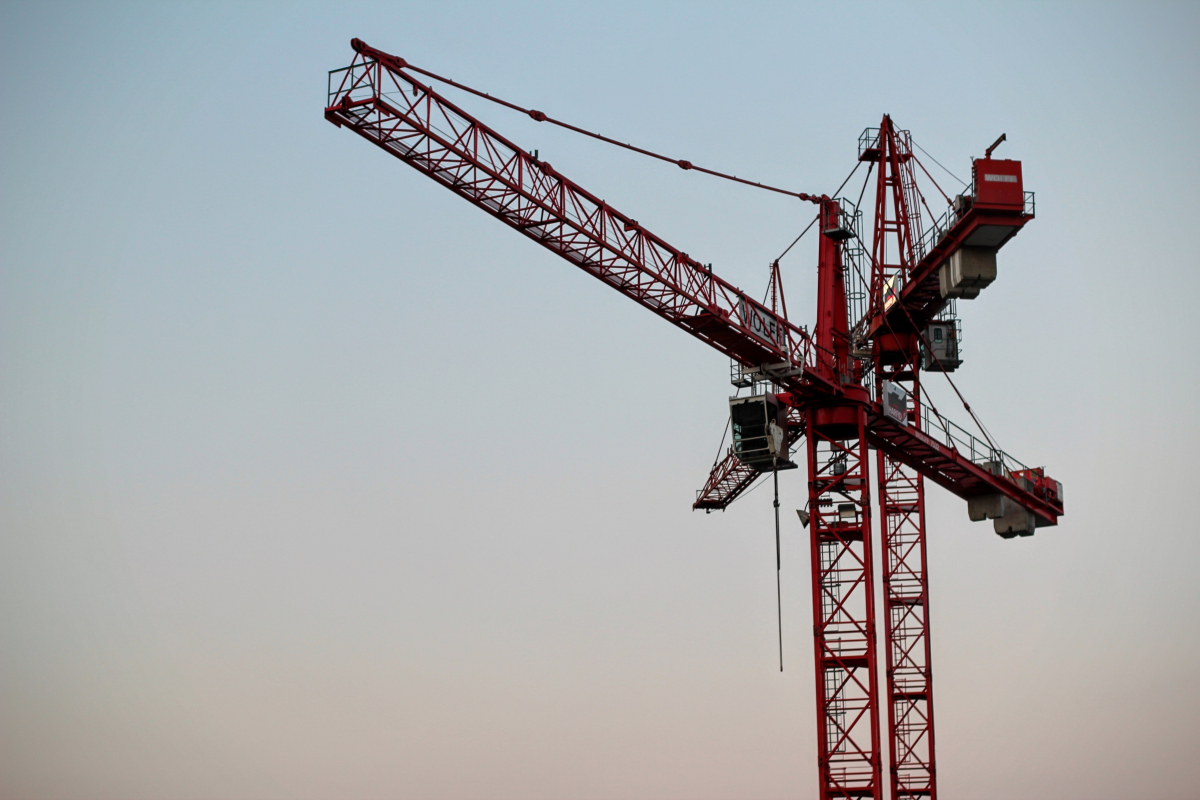Shanghai Zhenhua Heavy Industries

At that time, the number of large container vessels had grown, which meant that more ports needed to build new large-scale container cranes or upgrade the existing ones. The ZPMC management knew that a number of the established crane producers lacked the pre-conditions to build cranes in the size that was needed, so they had every reason to believe that the chances to do well in this industry were good.
As it turned out, ZPMC did brilliantly. In 2007, its global market share was estimated to be more than 70 percent, and its earning profits were above the industry standard. Of the roughly 4,000 existing container cranes worldwide, 50 percent came from ZPMC.
In order not to depend on container cranes only, the company’s management eventually went ahead and invested to diversify their portfolio. The new areas included offshore platforms for oil and gas, specialist shipbuilding, offshore wind farms, and bridge building. Everything looked promising until revenues began to fall in 2012.
What had happened?
The global recession that began with the bursting of the American real estate bubble in 2007 and the insolvency of Lehman Brothers in 2008 affected ZPMC negatively. It also drew attention to the problems of a strategy that relied on the notion of continuous growth and that concentrated power in the hands of one (charismatic) individual.
ZPMC’s plus factors
When ZPMC was starting out, Guan Tongxian, the company’s founding chairman, and his colleagues visited ports worldwide, studying the systems and processes of potential buyers. It did not take them long to realize that their established competitors had put excessive prices on even the simplest spare parts. Therefore, ZPMC decided to copy these parts and sell them at a lower price, thereby profiting from the low wage levels in China.
At home, ZPMC paid above-average wages as well as social benefits to permanently employ migrant workers who had, up to then, been shuttling between agrarian labor jobs and ZPMC. The company also provided job security for their employees and built new housing for their workforce.
Already in the 1990s Guan had founded a technology center in order to emphasize the development of innovative products. In 2004, ZPMC’s efforts were crowned with the building of what was then a unique double crane; with its help, two containers could be moved and unloaded simultaneously, and the time needed for loading and unloading ships was nearly halved.
The moment Guan became convinced that ZPMC was on a solid path to success, the company offered its customers lifelong guarantees on all parts, which was unique in the industry at the time – where the profits resulted, above all, from the provision of such services.
ZPMC’s liabilities
Ironically, it is precisely all the things that ZPMC did so well that later turned into drawbacks. First, when the recession hit the global markets and ZPMC’s revenues started to fall, Guan Tongxian retired. His conviction had been that strategic planning was the duty of a CEO; he had neither established a special department for corporate strategy nor entrusted external consultants with this task. In other words, his successor did not start with the established support group he needed.
Second, based on the assumption that their rate of growth would continue, ZPMC had expanded their fixed costs, predominantly in real estate, overhead for the administration and R&D, and machinery. Although ZPMC had excelled when it came to building container cranes, it had not fully mastered the technological complexities of its new investments. It was a bitter lesson when payback for these investments did not meet expectations.
Third, it was the client-friendly, free after-sales services approach that particularly backfired. The high rates traditionally paid for maintenance eased ZPMC’s competitors through the recession, especially since crane buyers all over the world preferred at that time to repair equipment rather than buy new parts or products.
What can we learn?
The efforts, innovative power, diligence, and determination of Chinese companies can only be admired. As long as they don’t run out of steam, they will certainly profit from the strength and energy that aggressive newcomers need to compete against well-established incumbents. In general, though, Chinese market entrants have done – and are just doing – what most of their predecessors have done: the Germans (19th century), the Americans (early 20th century), and the Japanese and Koreans (late 20th century). That is, they start by copying products, produce the copies cheaper, mass-produce them, innovate, produce premium goods, and then believe that the bonanza will last. If the Chinese are going to continue along the same route, they will have to accept the limits of growth, especially while moving within an interdependent global market.
